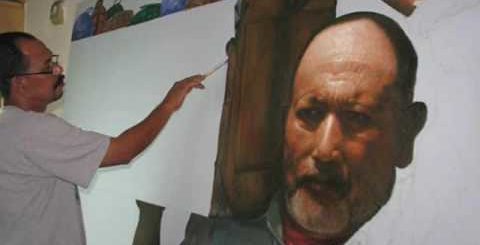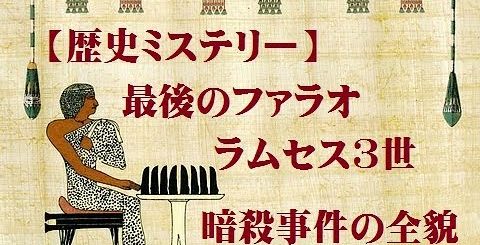Words at War: White Brigade / George Washington Carver / The New Sun
George Washington Carver (January 1864 — January 5, 1943), was an American scientist, botanist, educator, and inventor. The exact day and year of his birth are unknown; he is believed to have been born into slavery in Missouri in January 1864.
Carver’s reputation is based on his research into and promotion of alternative crops to cotton, such as peanuts, soybeans and sweet potatoes, which also aided nutrition for farm families. He wanted poor farmers to grow alternative crops both as a source of their own food and as a source of other products to improve their quality of life. The most popular of his 44 practical bulletins for farmers contained 105 food recipes using peanuts.[3] He also developed and promoted about 100 products made from peanuts that were useful for the house and farm, including cosmetics, dyes, paints, plastics, gasoline, and nitroglycerin. He received numerous honors for his work, including the Spingarn Medal of the NAACP.
During the Reconstruction-era South, monoculture of cotton depleted the soil in many areas. In the early 20th century, the boll weevil destroyed much of the cotton crop, and planters and farm workers suffered. Carver’s work on peanuts was intended to provide an alternative crop.
He was recognized for his many achievements and talents. In 1941, Time magazine dubbed Carver a “Black Leonardo”.[4]
George Washington Carver reputedly discovered three hundred uses for peanuts and hundreds more for soybeans, pecans and sweet potatoes. Among the listed items that he suggested to southern farmers to help them economically were adhesives, axle grease, bleach, buttermilk, chili sauce, fuel briquettes (a biofuel), ink, instant coffee, linoleum, mayonnaise, meat tenderizer, metal polish, paper, plastic, pavement, shaving cream, shoe polish, synthetic rubber, talcum powder and wood stain. Three patents (one for cosmetics; patent number 1,522,176, and two for paints and stains; patent numbers 1,541,478 and 1,632,365) were issued to George Washington Carver in the years 1925 to 1927; however, they were not commercially successful.[40] Aside from these patents and some recipes for food, Carver left no records of formulae or procedures for making his products.[41] He did not keep a laboratory notebook.
Carver’s research was intended to provide replacements for commercial products, which were generally beyond the budget of the small one-horse farmer. A misconception grew that his research on products for subsistence farmers were developed by others commercially to change Southern agriculture.[42][43] Carver’s work to provide them with resources for more independence from the cash economy foreshadowed the “appropriate technology” work of E.F. Schumacher.
http://en.wikipedia.org/wiki/George_washington_carver



